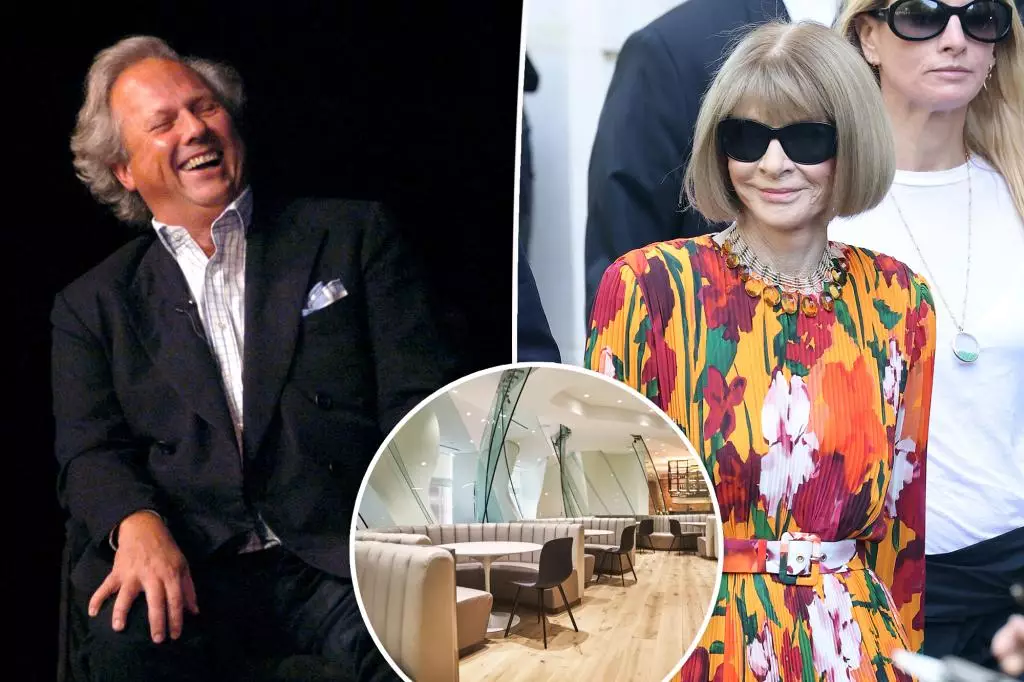The legendary cafeteria at Condé Nast wasn’t just a place to eat; it was a carefully curated symbol of the brand’s ethos and power within the media landscape. Designed by renowned architect Frank Gehry, the space became an emblem of luxury, innovation, and exclusivity. For years, it represented more than just a canteen—serving as a social hub where the elite of the fashion and media worlds gathered in an environment that echoed their prestige. Its opulent design, with titanium panels and Venetian glass accents, was a bold statement about the importance Condé Nast placed on image and influence. This space exemplifies how corporate environments extend beyond functionality, transforming into theatrical displays of authority and aesthetics.
A Reflection of the Changing Media Empire and Its Culture
The cafeteria’s history parallels a larger narrative of Condé Nast’s evolution — from the nostalgic glamour of Times Square to the modern complexities of contemporary media. Its closure in 2011 and subsequent reopening for legal offices signified a shift in corporate priorities, yet the longing for the former grandeur persists. The upcoming return of the media elite to this space for a book launch underscores its lasting symbolic power. The building, once a crucible of gossip, power lunches, and high-profile networking, serves as a reminder that spaces within influential companies shape culture as much as the product they produce. It also highlights the contrast between the opulence of the past and the more pragmatic realities of today’s corporate structures.
The Politics of Design and Corporate Ideology
Gehry’s vision was more than aesthetic bravura; it was a strategic move by Si Newhouse to foster loyalty and to bolster the company’s image among its staff and the industry at large. The lavishness of the space—claimed to cost up to $30 million—was an investment in branding, positioning Condé Nast as a leader not only in media but in cultural capital. The design decisions, like the distorted mirrors intended to flatter certain body images, reveal the subtle manipulations of corporate culture—where aesthetics, perception, and internal politics intertwine. Attending to the personal egos and professional aspirations of the staff, the cafeteria became a microcosm of the larger media empire’s philosophy: beauty, spectacle, and influence matter just as much as the content produced.
Lessons from a Glorious Past and Its Enduring Impact
In reflecting critically on this iconic space, one cannot ignore the underlying implications about class, power, and aesthetic elitism. The cafeteria’s exclusivity and extravagant design echo a broader tendency within media and fashion industries to maintain hierarchies under the guise of innovation. While the space celebrated creativity and style, it also concealed the underlying disparities — such as the hiring of “mostly young women who were quite conscious of their appearance,” as noted in the book. This reveals a layered narrative where aesthetics often mask underlying social dynamics and power structures. The return of the elite to this space serves as a potent symbol: despite shifts in technology and media, the rituals of displaying power and prestige remain central to the industry’s identity. The cafeteria, in this context, is a testament to how physical spaces are used to reinforce cultural and corporate hierarchies, subtly shaping perceptions far beyond their functional utility.
